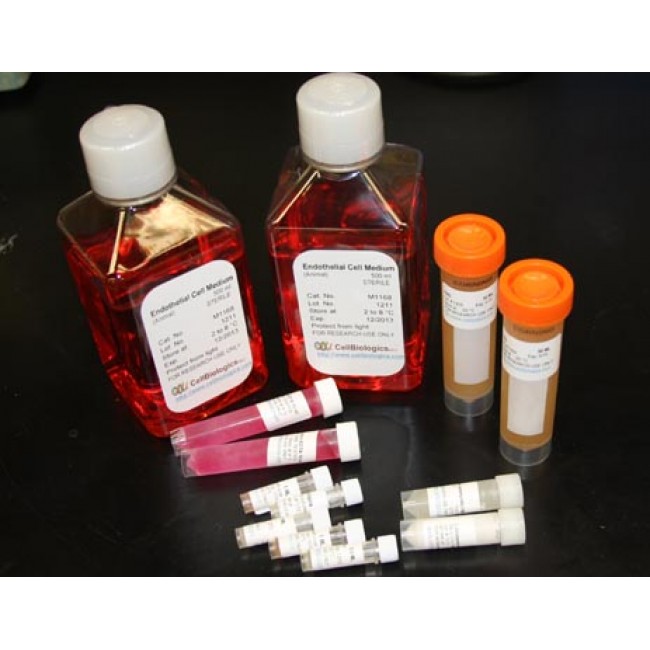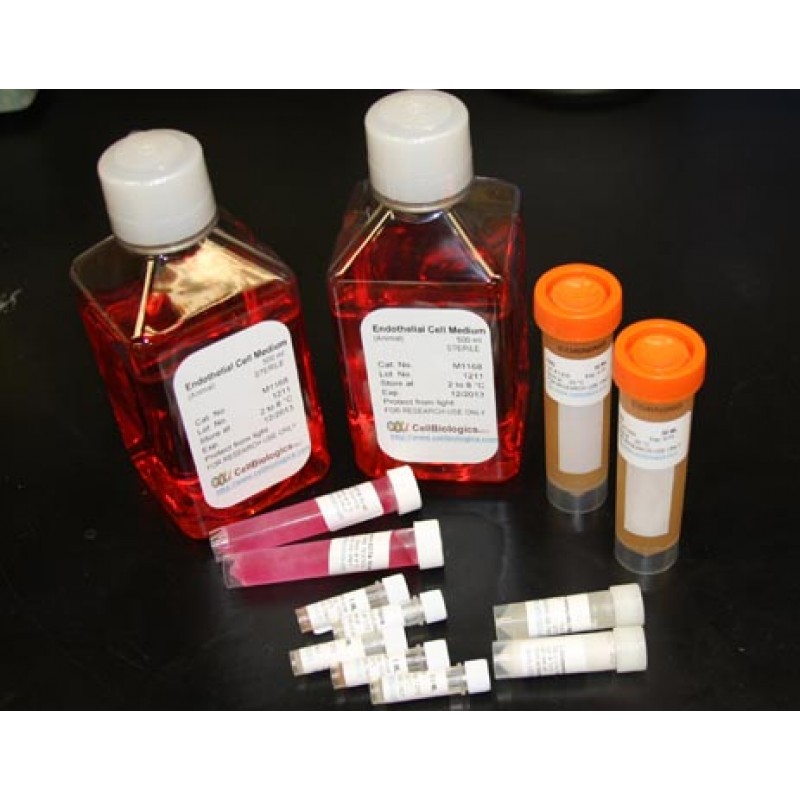EPO is predominantly synthesized and secreted by tubular and juxtatubular capillary, endothelial, and interstitial cells of the kidney. Approximately 10-15% of the total amount of Epo comes from extrarenal sources and is predominantly produced by hepatocytes and Kupffer cells of the liver. Approximately 40% of the molecular mass of Epo is due to its glycosylation. Glycosylation is an important factor determining the pharmacokinetic behavior of Epo in vivo. Non-glycosylated Epo has an extremely short biological half life. It still binds to its receptor and may even have a higher specific activity in vitro.


